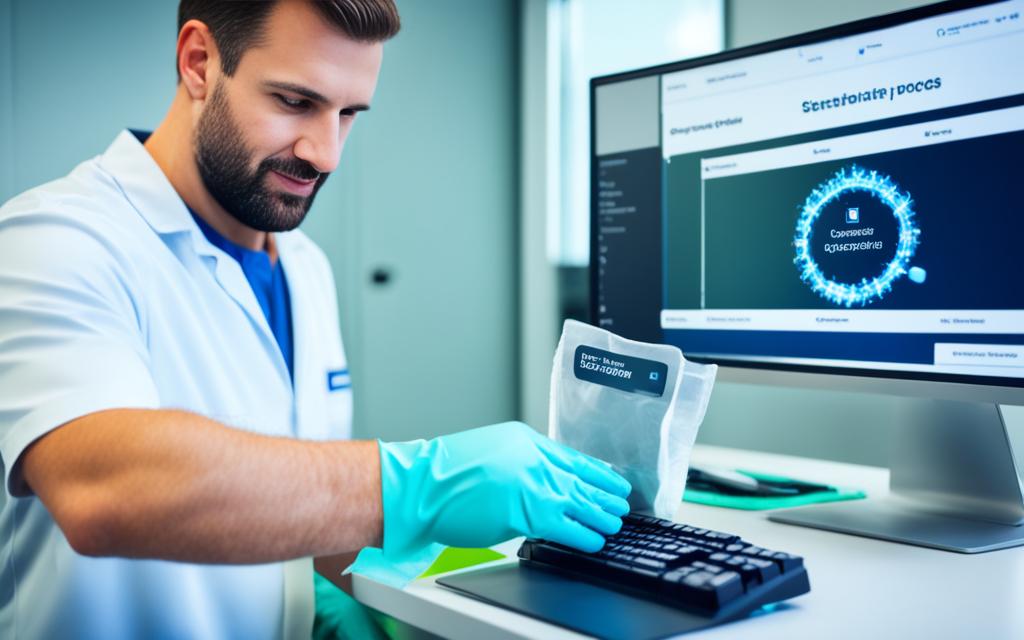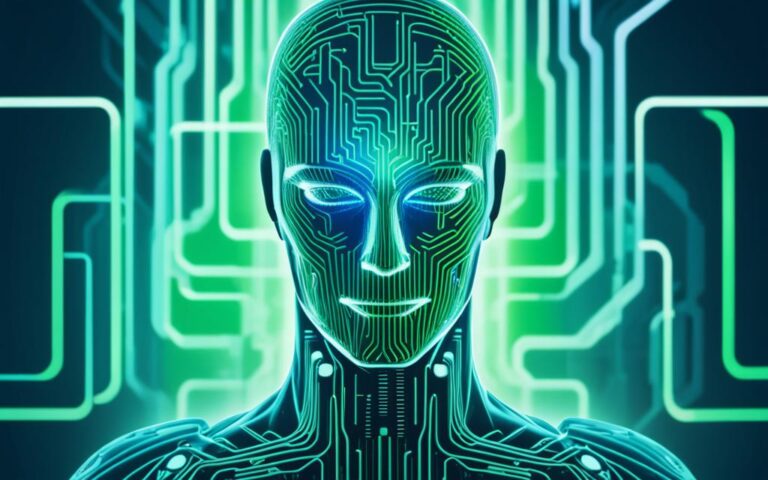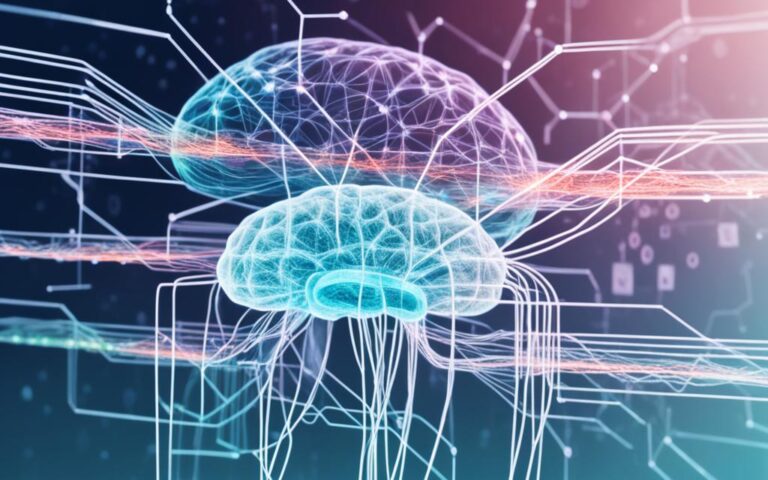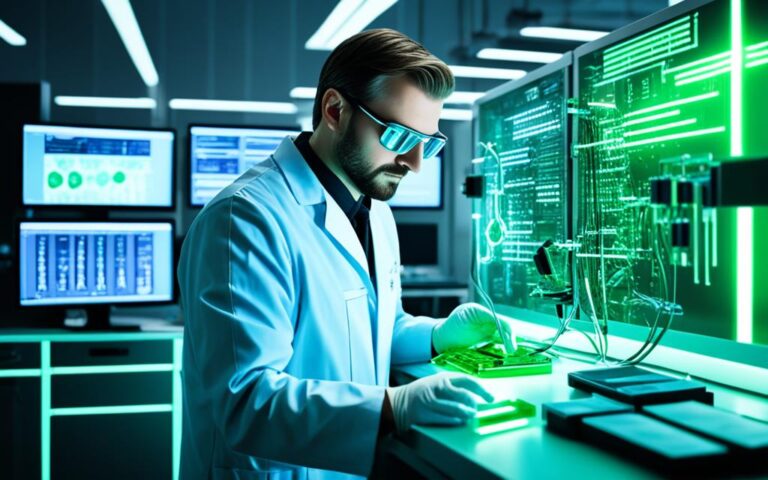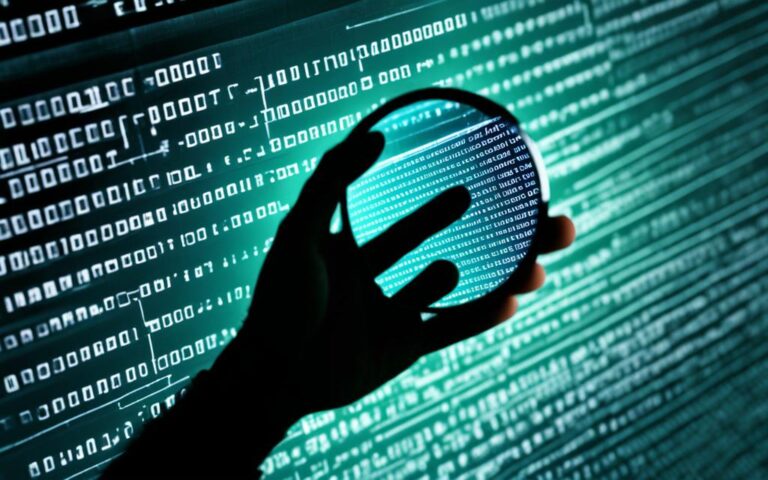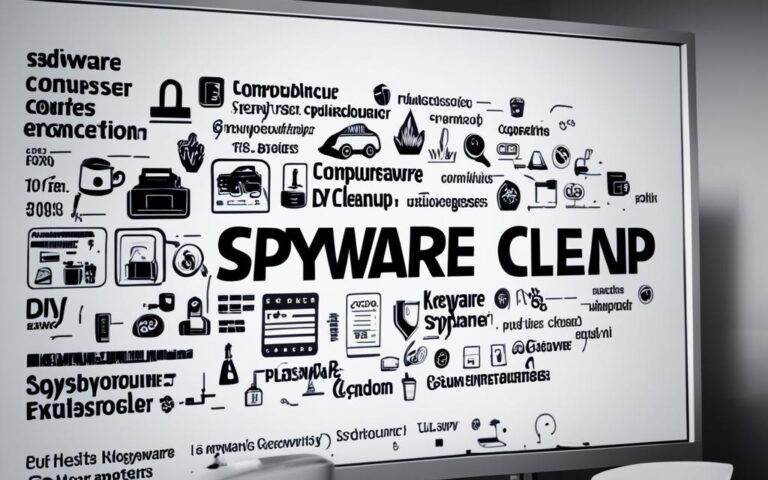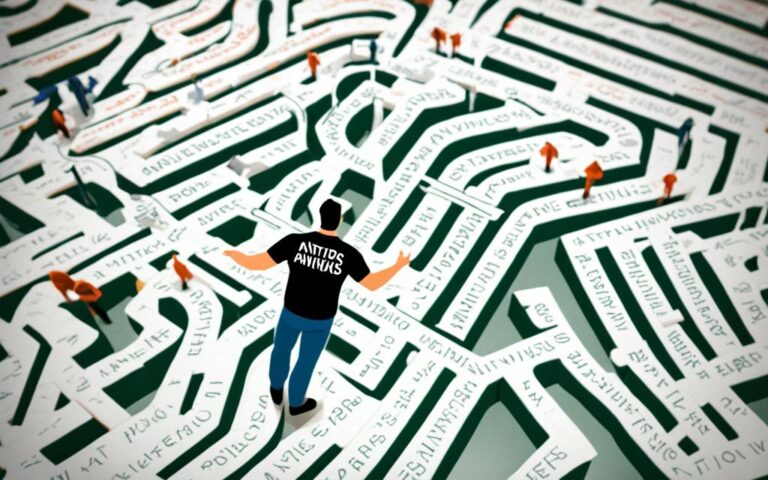Comprehensive Computer Disinfection: A Step-by-Step Process
Welcome to our comprehensive guide on computer disinfection, tailored specifically for our UK audience. Cleaning your computer is crucial for optimal performance and longevity. Over time, dust and dirt can accumulate inside your computer, leading to overheating and potential damage to components. In this guide, we will provide you with a step-by-step process to ensure your computer remains clean and hygienic.
Follow our detailed instructions to perform a thorough computer disinfection, eliminating dust, improving airflow, and enhancing the overall performance of your system.
In Section 1, we will guide you through the process of physically cleaning your computer. Dust removal and proper cable management are essential steps in maintaining a clean and hygienic computer environment.
In Section 2, we will discuss the cleaning of your system, focusing on file deletion, program removal, browser history clearance, data backup, and Windows reinstallation, to optimize your computer’s software.
In Section 3, we will wrap up our comprehensive guide on computer disinfection. We will highlight the importance of regular cleaning, hygiene maintenance, and the longevity of your computer components.
For visual reference and additional guidance, check out our related videos in Section 5. These videos cover various topics, such as cleaning PC dust, disk clean up, freeing up disk space, formatting a hard drive, and even upgrading the SSD of a PS5.
If you want to dive deeper into PC maintenance and optimization, we have provided additional resources in Section 6. Explore these resources to expand your knowledge and take your computer disinfection and maintenance skills to the next level.
Physically Cleaning Your Computer
Physically cleaning your computer is the first step in the disinfection process. Ensuring the cleanliness of your computer is vital for optimal performance and longevity. Over time, dust and dirt can accumulate inside your computer, leading to overheating and potential damage to components. By following this step-by-step guide, you can keep your computer clean and hygienic.
Start by turning off your PC and unplugging the power cable to ensure safety. It is crucial to work in a well-ventilated area to prevent dust from circulating back into the computer.
-
Wipe down the exterior of the computer case with a damp cloth. Pay attention to areas prone to dust buildup, such as ventilation grilles and ports. Avoid using excessive moisture to prevent damage to electronic components.
-
Remove the side or front panels of the computer case. Use a can of compressed air to blow out dust from filters, fans, and other hard-to-reach areas. Ensure you hold the can upright and use short bursts of air to prevent liquid from spraying out.
-
If you don’t have access to compressed air, you can carefully wipe away dust using a soft cloth. Be gentle to avoid damaging delicate components. Alternatively, use a vacuum cleaner with a brush attachment to remove dust.
-
While cleaning, take the opportunity to organize your cables. Proper cable management ensures a clean and tidy look and improves airflow within the system. Use cable ties or Velcro straps to secure cables and prevent them from obstructing airflow or tangling.
By physically cleaning your computer and performing cable management, you can minimize the risk of dust buildup and improve the hygiene and performance of your system.
Cleaning Your System
Cleaning your system involves more than just physical maintenance. It’s crucial to organize and optimize your computer’s software to keep it running smoothly. By following these steps, you can ensure that your system is clean, efficient, and free from unnecessary clutter.
- File Deletion: Start by deleting any files or applications you no longer use. This will free up valuable storage space and make your system more responsive. Remember to empty the trash after deleting files to completely remove them from your system.
- Program Removal: Remove any preinstalled programs or apps that are taking up unnecessary space and slowing down your PC. Use the control panel or a trusted uninstaller to safely remove these programs.
- Browser History: Clear your browser history, cache, and cookies regularly to prevent information overload and enhance your online privacy. This will also help improve browser performance.
- Data Backup: Before making any significant changes to your system, such as reinstalling Windows, it’s essential to back up your personal data. This will ensure that you don’t lose any important files or documents during the cleaning process.
- Windows Reinstallation: Consider reinstalling Windows to optimize system performance and remove any malware or systemic problems. Be sure to have a valid Windows installation disk or a reliable USB drive with the installation files ready before proceeding. Follow the instructions provided by Microsoft or consult a professional if needed.
By regularly cleaning your system and following these steps, you can maintain a clean and optimized computer that performs at its best.
The Importance of Data Backup
Data backup is a critical step in cleaning your system. It ensures that your personal files, documents, and other important data are safe and protected during the cleaning process. Whether you’re deleting files, removing programs, or reinstalling Windows, there’s always a risk of unintentionally losing data. By backing up your data beforehand, you can easily restore it if anything goes wrong.
“Data backup is not just a precaution; it’s an essential practice that everyone should follow. It protects your valuable files and provides peace of mind during cleaning or any other system maintenance procedure.” – Mark Johnson, IT Specialist
With data backup in place, you can confidently proceed with cleaning your system, knowing that your files are securely stored and easily recoverable if needed.
A Guide to Windows Reinstallation
Reinstalling Windows can be a beneficial step in cleaning your system, especially if you’re experiencing persistent performance issues or suspect the presence of malware. However, it’s essential to follow the proper procedure to avoid any potential pitfalls or data loss.
Here’s a brief guide to reinstalling Windows:
- Ensure you have a valid Windows installation disk or a USB drive with the installation files.
- Back up all your personal data to an external storage device or cloud storage.
- Insert the Windows installation disk or connect the USB drive to your computer.
- Restart your computer and enter the BIOS menu to change the boot order. Set the CD/DVD drive or USB drive as the primary boot device.
- Save the changes and restart your computer. Follow the on-screen instructions to begin the Windows installation process.
- During the installation, choose the option to format the hard drive and install a fresh copy of Windows.
- After the installation is complete, reinstall your necessary programs, restore your personal data from the backup, and install any software updates.
Following these steps will help ensure a successful Windows reinstallation and a clean, optimized system.
| Benefits of Cleaning Your System | Steps to Clean Your System |
|---|---|
| Improved system performance | Delete unnecessary files and programs |
| Enhanced system stability | Clear browser history, cache, and cookies |
| Reduced risk of malware infections | Backup personal data before reinstalling Windows |
| Optimized storage space | Reinstall Windows if necessary |
Regularly cleaning your system is essential for maintaining a clean, optimized, and secure computer. By following the steps outlined above, you can keep your system running smoothly and enjoy a hassle-free computing experience.
Conclusion
Regular computer hygiene and performance optimization through regular cleaning is essential for maintaining the longevity of your components. By following our step-by-step process, you can ensure that your computer remains free from dust and dirt, improving overall performance and preventing potential damage.
Investing time in cleaning your computer not only enhances its hygienic condition but also promotes better airflow, reducing the risk of overheating. This, in turn, maximizes the lifespan of your components and ensures a smoother and more efficient computing experience.
We recommend cleaning your computer every three to six months to maintain its hygiene and optimize its performance. By regularly removing dust, debris, and other potential contaminants, you can prevent clogged cooling systems and increase the efficiency of your computer’s parts.
The Benefits of Regular Cleaning:
- Improved airflow and reduced risk of overheating
- Optimized system performance and faster response times
- Prolonged lifespan of computer components
- Enhanced overall user experience
“Regular cleaning and maintenance of your computer are essential habits that contribute to its longevity and reliability.” – Tech Expert
| Cleaning Tools | Frequency |
|---|---|
| Compressed air | Every 3 months |
| Microfiber cloth | Every 2 weeks |
| Cable ties | As needed for cable management |
By regularly practicing computer hygiene and following our comprehensive cleaning guide, you can ensure that your computer performs optimally, extends the longevity of its components, and provides a more reliable and enjoyable user experience. Don’t neglect the importance of regular cleaning and maintenance to maximize the potential of your computer.
Related Videos
For visual reference and additional guidance, you can check out these related videos on cleaning PC dust, disk clean up, freeing up disk space, formatting a hard drive, and even upgrading the SSD of a PS5. These videos provide step-by-step instructions and tips to help you with your computer disinfection process.
| Video Title | Description |
|---|---|
| Cleaning PC Dust | A detailed guide on how to clean PC dust, ensuring optimal airflow and preventing overheating. |
| Disk Clean Up | Learn how to remove unnecessary files and free up disk space to improve your computer’s performance. |
| Freeing Up Disk Space | Discover effective methods to free up disk space and optimize your computer’s storage. |
| Formatting a Hard Drive | A step-by-step tutorial on how to format a hard drive to ensure a clean slate and enhanced performance. |
| Upgrading PS5 SSD | Learn how to upgrade the SSD of your PS5 for faster loading times and improved gaming performance. |
Please note that these videos serve as visual aids and should be used as a supplement to the information provided in this comprehensive guide. Exercise caution and follow the instructions carefully when implementing any changes to your computer’s hardware or software.
Additional Resources
If you’re looking to further enhance your PC’s performance and optimize its capabilities, there are various resources available for you. These resources delve into essential topics such as PC maintenance, overclocking RAM, the advantages of DDR5 memory, selecting the right PC components, and even building your own PC.
By exploring these resources, you can expand your knowledge and skills in computer disinfection and maintenance, taking your PC experience to new heights. Discover the intricacies of PC maintenance to keep your system running smoothly and efficiently. Learn the ins and outs of overclocking RAM to boost your computer’s speed and responsiveness.
Stay informed about the benefits of DDR5 memory and how it can enhance your PC’s performance, from faster data transfer to improved multitasking capabilities. Gain insights into choosing the right PC components, ensuring compatibility and optimal functionality for your needs. Take on the rewarding challenge of building your own PC, customizing it to your exact specifications and preferences.
By accessing these additional resources, you’ll have the knowledge and tools to optimize your PC’s performance, maintain its cleanliness, and unleash its full potential.
